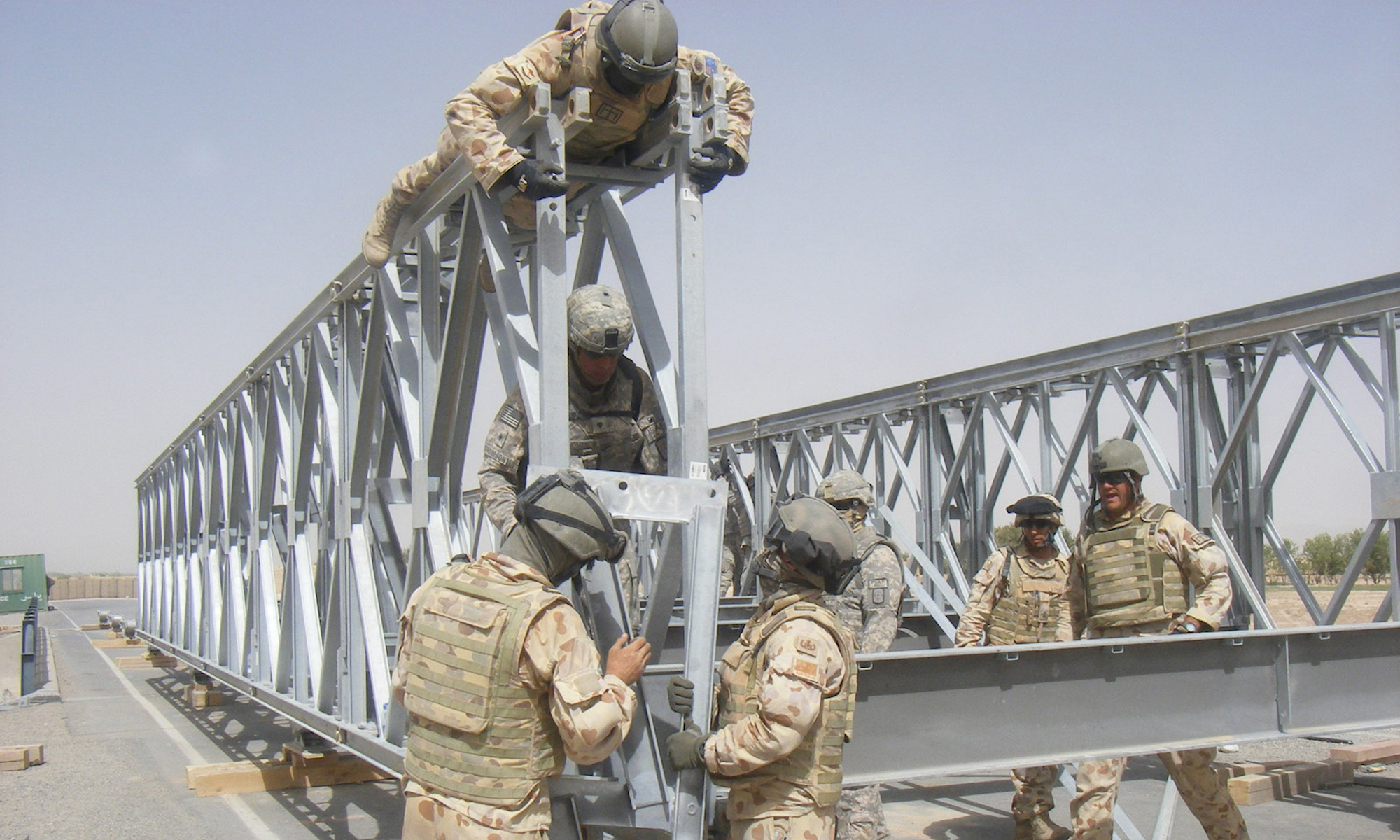The study starts by attempting to draw up a list of the special characteristics of ethnopolitical conflicts. The list is intended to be such as to facilitate strategic reflection about whether it is possible to influence the dynamics of a conflict from outside, and if so, how (Section 2). The next section gives a schematic account of the structures of conflict regulation, embracing not only the realm of states but also the various fields of operation of the realm of societies, and also the necessity of developing initiatives at different social levels. The fourth section proceeds from the assumption that the involvement of third parties is of considerable importance in dealing with acute ethnopolitical conflicts, and this section also contains a systematized account of the functions and strategies that may be adopted by these third parties. Based on this, five process-oriented approaches to conflict regulation are presented. All of these display distinct programmatic and analytic features, though in practice they often figure in various combinations (Section 5).

INSCT Postconflict Research Database
The Institute for National Security and Counterterrorism's Postconflict Research Database & Analysis Project stores cross-indexed bibliographic information on hundreds of journal articles, books, book chapters, and case reports that address the broad, interdisciplinary fields of postconflict reconstruction, stabilization, and peacebuilding.
6 Replies to “Peaceful Intervention: Structures, Processes, and Strategies for the Constructive Regulation of Ethnopolitical Conflicts”
Comments are closed.